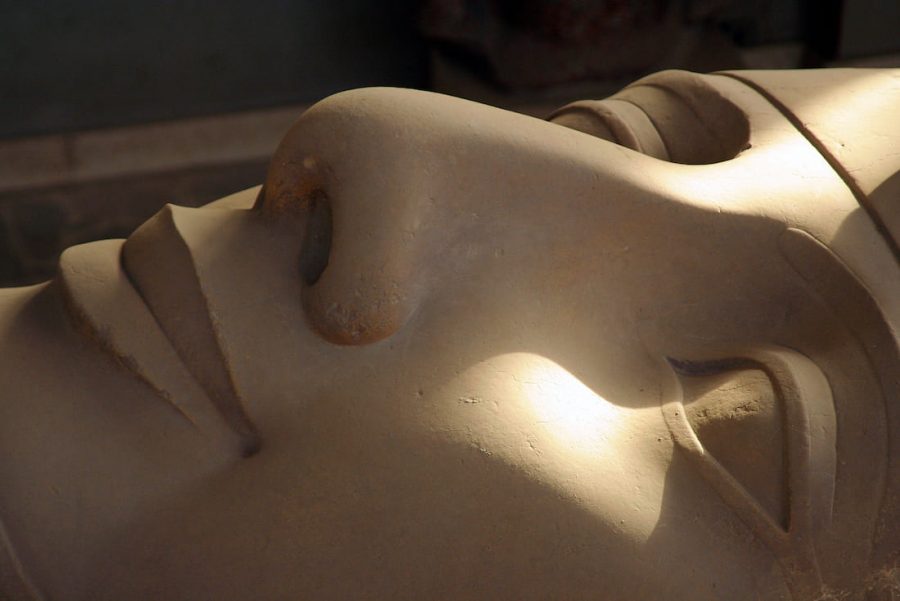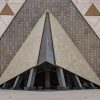Facts About Ancient Egypt: Unveiling the Truth
1. Egyptians and Death: More Than an Obsession
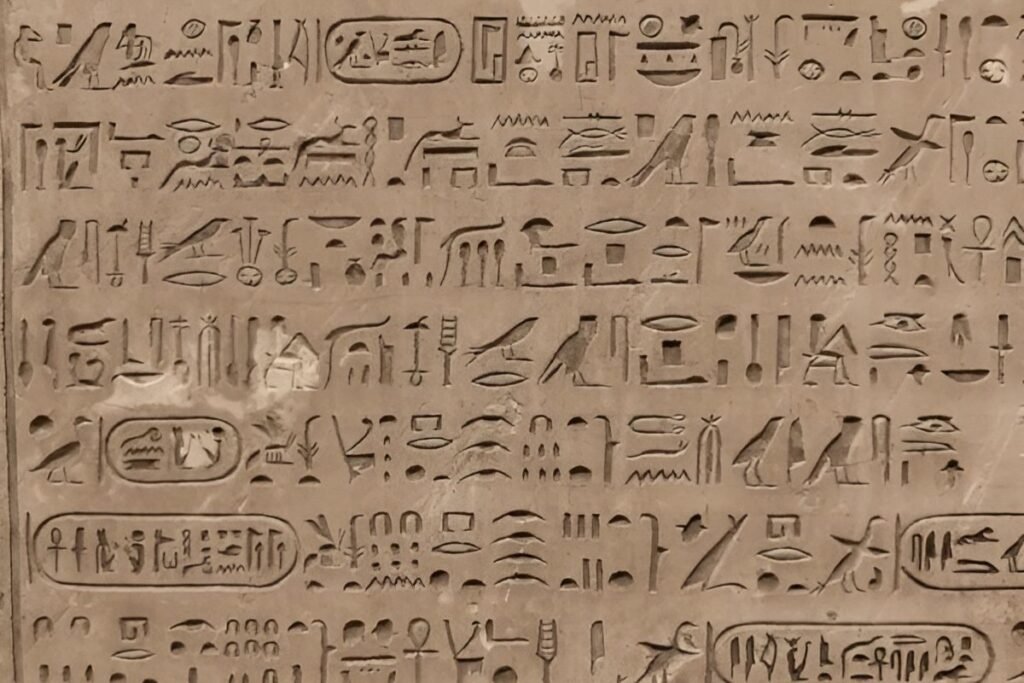
2. Pepi II's Honey-Fly Trick: A Clever Pharaoh
The story of Pepi II and his honey-fly trick is a fascinating and often amusing anecdote from ancient Egyptian history that illustrates not only the cleverness of this Pharaoh but also provides a glimpse into the daily life and practices of the time. Experience more about ancient rulers on the Abu Simbel Tour
Pepi II Neferkare ascended to the throne at a very young age, around 6 years old, according to historical estimates, and he is believed to have reigned for an exceptionally long period, possibly up to 94 years, making him one of the longest-reigning monarchs in history. His reign marked the end of the Old Kingdom, a period known for its architectural and cultural achievements, including the construction of the famous pyramids.
The honey-fly trick story goes something like this: Pepi II despised flies and could not stand them buzzing around him, especially during his meals. To solve this problem, he came up with a rather ingenious solution. He ordered his servants to place naked slaves or servants around him while he ate. These slaves were smeared with honey. The flies, attracted to the sweetness of the honey, would flock to the slaves instead of bothering Pepi II, allowing the Pharaoh to dine in peace.
While this story is entertaining and often cited in discussions about Pepi II, it’s essential to approach it with a bit of skepticism. The tale comes to us from much later sources and might be more reflective of the era’s storytelling traditions than historical fact. It highlights, however, the Pharaohs’ absolute power in ancient Egypt and their ability to command resources and people to solve personal discomforts.
This anecdote also gives us insight into the innovative solutions ancient Egyptians came up with to deal with everyday problems, reflecting their practicality and ingenuity. Stories like these make the study of ancient Egypt not only educational but also incredibly engaging and fun.
3. Board Games: Ancient Egyptians' Leisure
1. Senet
Senet is arguably the most well-known board game from ancient Egypt. Its history dates back to around 3100 BCE, making it one of the oldest known board games in the world. The game board consists of 30 squares, arranged in three rows of ten. Players move their pieces according to the roll of dice or throwing sticks, with the objective being to navigate their pieces through the board, overcoming obstacles and avoiding hazards.
Senet was more than just a game; it was imbued with religious significance. It was believed to represent the journey of the ka (the soul) to the afterlife. The game is often depicted in tomb paintings and has been found in the tombs of Pharaohs, including Tutankhamun.
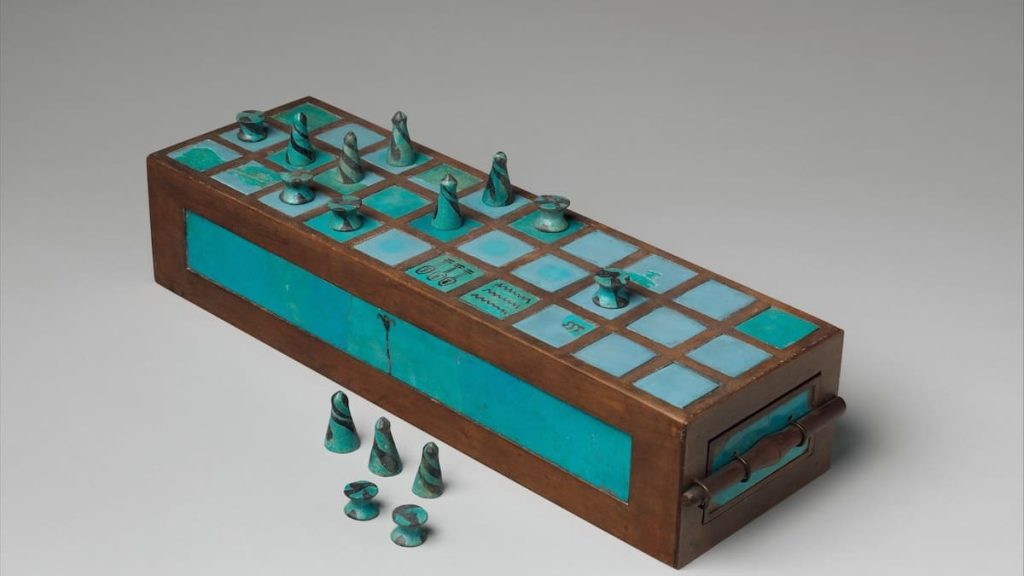
2. Mehen
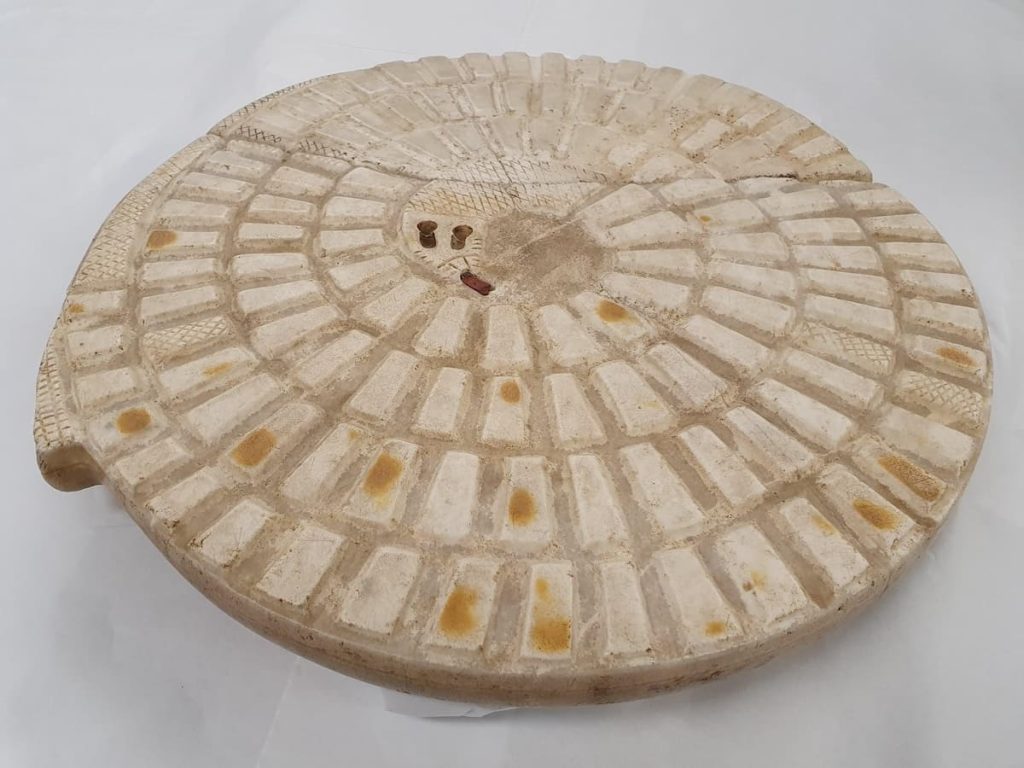
Cultural Significance
4. King Tut and the Hippopotamus: A Royal Tragedy
5. The Curse of The Pharaohs: Media Hype?
6. Cleopatra's Beauty: Fact or Fiction?
Ah, Cleopatra VII, one of Egypt’s most fascinating figures, is as much a mystery as she is an icon. Her beauty has been a subject of discussion for centuries, captivating imaginations around the world. Unravel her story in Alexandria, the city she once ruled.
Cleopatra’s allure seems to transcend mere physical appearance. Ancient sources and modern historians suggest that her beauty was not necessarily about her physical attributes but rather her intellect, charisma, and the power she wielded. Cleopatra was known for her exceptional education, being fluent in several languages, and her ability to charm and negotiate with some of the most powerful men of her time, like Julius Caesar and Mark Antony.
The Roman propaganda of the time, particularly by Octavian (later Augustus), portrayed Cleopatra in a negative light, emphasizing her seductive powers rather than her beauty. This portrayal has influenced many subsequent accounts of her life. Ancient writers like Plutarch mention her beauty, but they place more emphasis on her captivating voice and persuasive speech.
Furthermore, the images of Cleopatra on ancient coins show a woman with a strong nose, prominent chin, and deep eyes, which may not align with traditional Western standards of beauty. However, beauty standards vary greatly across different cultures and time periods, and what was considered attractive in ancient Egypt might differ from today’s perceptions.
In modern times, Cleopatra’simage has been romanticized and often idealized in films and literature, contributing to the myth of her exceptional beauty. This romanticization often overlooks her intelligence, political acumen, and the skills that truly made her a formidable leader.
In conclusion, the question of Cleopatra’s beauty being fact or fiction may be somewhat missing the point. It was her intellect, leadership, and charisma that made her stand out in history. Her ability to influence those around her and maintain power in a tumultuous time was perhaps her most captivating feature. Cleopatra remains a figure of enduring fascination, not just for her supposed beauty but for her complex and multifaceted role in the history of Egypt and the wider ancient world. Unravel her story in Alexandria, the city she once ruled.
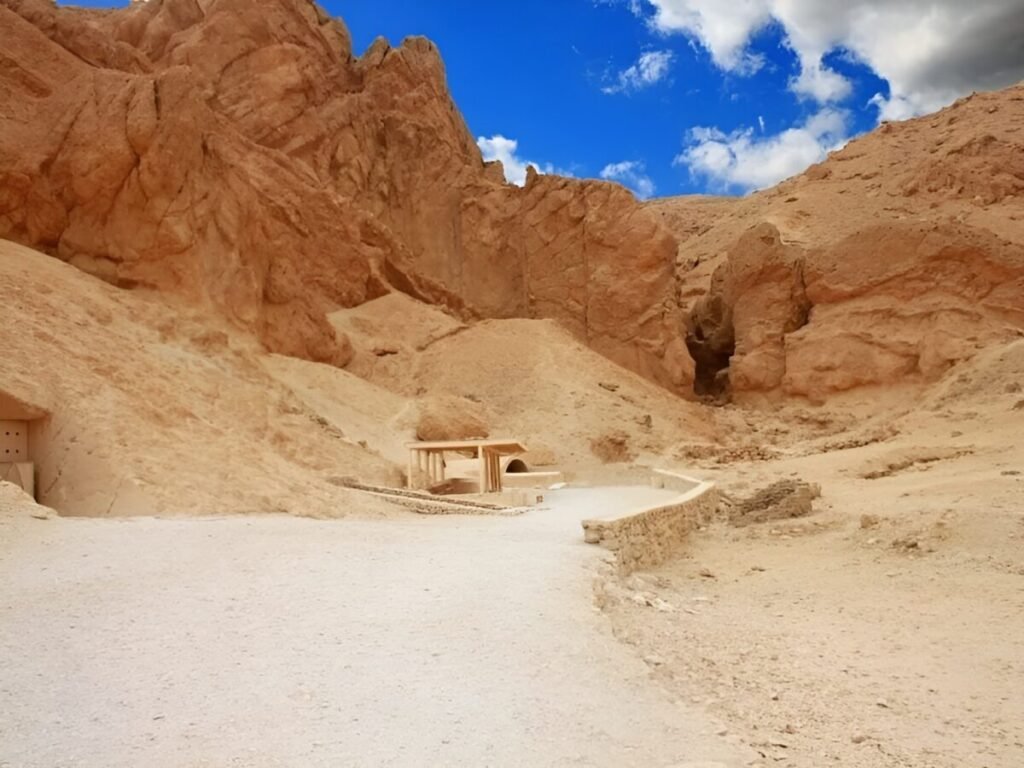
7. Pharaohs' Health: A Luxurious Lifestyle's Downside
That’s a captivating concept! It indeed peels back the layers of myth and grandeur surrounding the pharaohs to reveal a more relatable, human aspect. Explore these insights further with the Cairo Museum and Bazaar Tour.
The Image of Pharaohs: Regal and God-like

The Reality of Their Health
Valley of the Kings: A Window to the Past
8. Ancient Antibiotics: A Medical Marvel
9. Mummification: The Brain Hook
10. Alien Theories: Debunked
Ah, the theory that aliens built the pyramids is a popular and intriguing one, but it’s more a testament to the ancient Egyptians’ incredible architectural and engineering skills than to extraterrestrial intervention. Discover the real ingenuity behind these monuments on the Giza Pyramids Tour.
However, extensive archaeological research and historical evidence firmly debunk this myth, showcasing the remarkable capabilities of the ancient Egyptians:
- Skilled Labor: Evidence shows that the pyramids were built by a large workforce of skilled laborers, not slaves. These workers were organized into teams and worked in shifts to build these monumental structures.
- Advanced Engineering: The ancient Egyptians possessed sophisticated knowledge of mathematics, astronomy, and engineering, which they applied to construct the pyramids with remarkable precision. For example, the Great Pyramid is aligned with the cardinal points of the compass with astonishing accuracy.
- Tools and Techniques: Archaeologists have discovered evidence of the tools and methods used by the Egyptians to cut, transport, and assemble the massive limestone blocks. Techniques such as using sledges to transport heavy blocks, lubricated with water to reduce friction, have been illustrated in ancient tomb paintings and written records.
- Cultural and Religious Significance: The construction of the pyramids was deeply embedded in the Egyptians’ religious beliefs and cultural practices. These structures served as tombs for pharaohs, designed to ensure their transition to the afterlife, a concept central to Egyptian religion. The motivation to build these monumental tombs stemmed from a desire to honor and remember their leaders, rather than from external, alien influences.
- Documented Evidence: Historical records, including papyrus documents and inscriptions found at various archaeological sites, detail the logistical and administrative aspects of pyramid construction, such as worker’s rations and the organization of labor. These documents provide a clear picture of how such feats were accomplished through human effort.
11. The Sphinx’s Missing Nose: An Enduring Mystery
12. Women's Equality in Ancient Egyp
13. Fashion Against Lice: Practical and Stylish
14. Pyramids: Not Built by Slaves
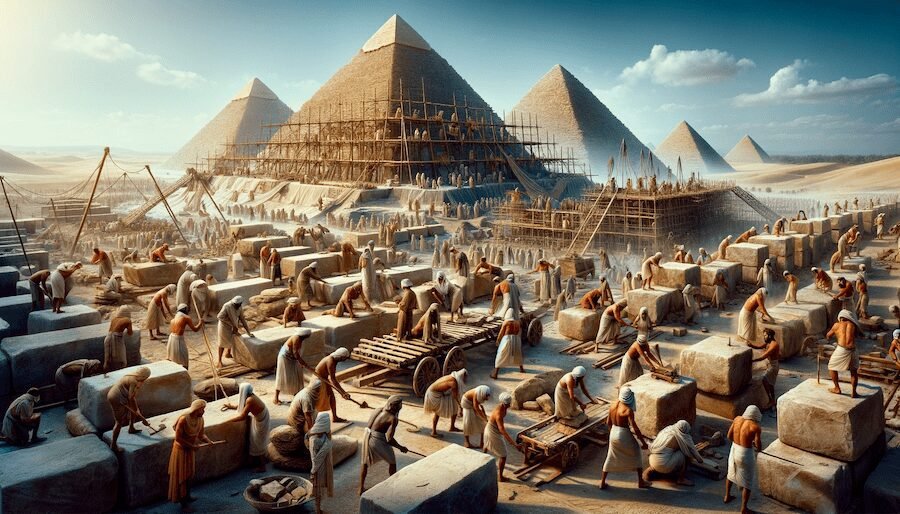
Your Travel Story Awaits
With Travel2Egypt, every itinerary is a chapter in your personal book of adventures, each experience a narrative waiting to unfold. We are here to guide you through Egypt’s most sacred spaces and hidden corners, crafting a journey that resonates with your spirit of exploration.
- Visit our comprehensive travel guide to inspire your next Egyptian adventure.
- Connect with us to tailor your journey to the rhythms of the Nile and the whispers of the desert wind.

